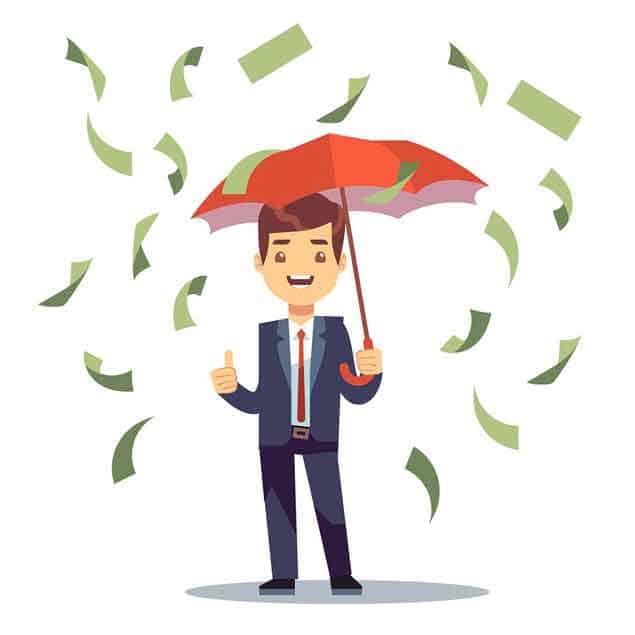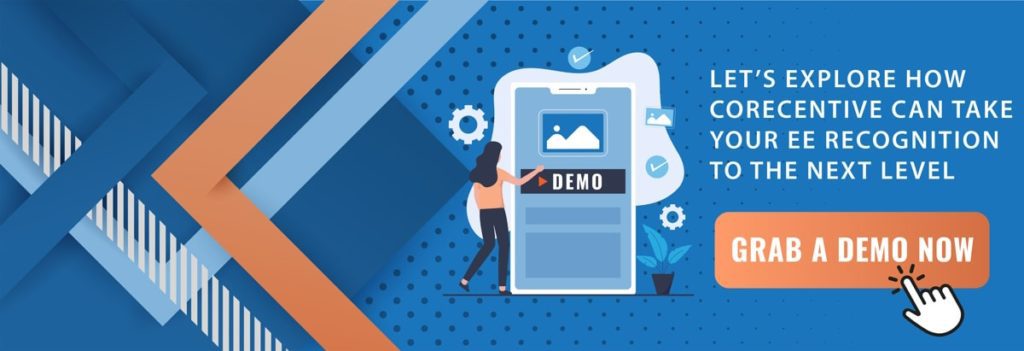But my people love that trip! Before anyone runs off in the wrong direction on this subject, I’m sure there are hundreds of sales incentives program out there featuring truly fantastic travel events for top performers and for those who make the trip, it’s a memory for a lifetime and they are highly motivated to make it again next year. And yes, this very elite slice of the team are your very highest performers who make a huge contribution. All of this is true.
That top performer trip is certainly solidifying relationships and making those top people know they are appreciated and very likely also working very hard to keep them on your team.
What is the Primary purpose of your program?
The real question is, what is the primary purpose of your sales incentive program? If you want to reward the top 5% or so with a trip of a lifetime as a thank you for their contribution, then it’s a great idea. However, if you are trying to engage the maximum number of people on your sales team to push a little harder than last year, last quarter or even last week, if you want every oar in the water, you can be sure that the “top performer” format is definitely not doing anything close to that.
Think about it from the standpoint of that large center mix on your scale from low to high performers. As soon as you announce the criteria for next years top performer trip, how many of your people have any real chance of winning? You already know the majority of who will make it (because they always do) so the only people truly motivated are at the fringes of the top 5% to 7% of your team. The rest know they have little or no chance, so they just go on with their routines since the program isn’t designed for them.
Getting more of the team engaged
There are enough studies as well as basic math that confirms getting the middle 60% of your team to move the needle just a few points pays HUGE dividends for your sales numbers. Any sales director would like to know that the whole team is pushing to grow, to succeed and to sell more than last year. Thankfully, there are a few ways to get more of your team engaged without breaking the bank.
- Good – If the yearly trip is an institution at this point and there really isn’t any way to change that around, then add a point program layer of 15% to 20% of the team who are just below making the trip extending the motivational impact to your team. Now you’ve got motivation that mirrors the “shoot for the stars, and even if you miss you’ll get the moon!” Nothing is more frustrating than coming close to the big trip and get nothing.
- Better – Create appropriate brackets within your team that puts people of similar sales, similar territories, quotas, etc. competing with each other. Let’s say you end up with 4 brackets that start with brand-new associates at the bottom and your well-established stars at the top bracket and the middle two accommodating the rest. Now each group competes against peers and within each group there is a more realistic chance for a high number to compete to win. There are a number of ways to create winning categories in each bracket. For example, the top X% within each bracket may make the trip, and 2 or 3 additional levels earn awards of varying levels within the bracket.
- Best – If the data is available, selling against the previous year, same time-period, provides the broadest competitive impact. There are various ways to accommodate top performers who are already just about maxed out for various reasons, but the key is that no one can get in the way of me improving from last year. I know what I did and I know what I need to do to grow. This gets every oar in the water! This format will result in a broad mix of earning abilities so a points structure is the perfect solution to let each participant shoot for their own growth goal. The additional benefit is that focusing on rewarding growth funds itself!
There are many other formats which accommodate unique business structures, available budget, and other factors and still accomplish your main goal of motivating a majority of the team. But the main point is this. Don’t judge a sales incentives program by the people inside enjoying the party. You have to judge it by the people outside who didn’t get in and the impact on their desire to perform at their highest level for the organization…in particular, if most don’t think the party will ever be for them.
So, is your program leaving too many people out in the cold? What are you going to do to get more of your team in the game?


